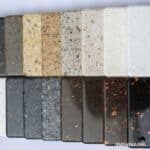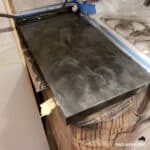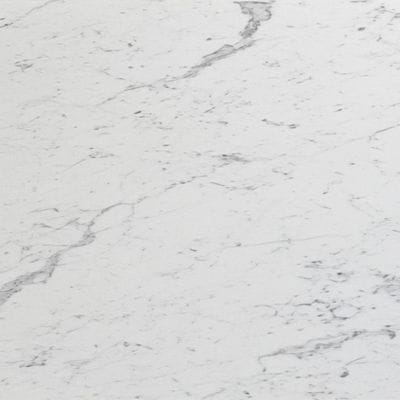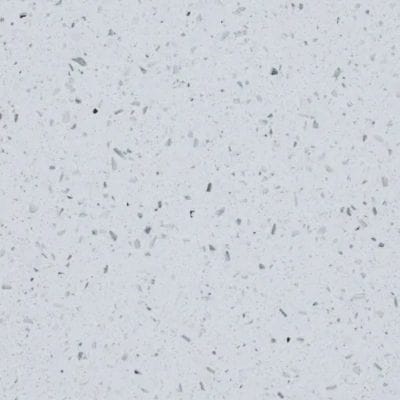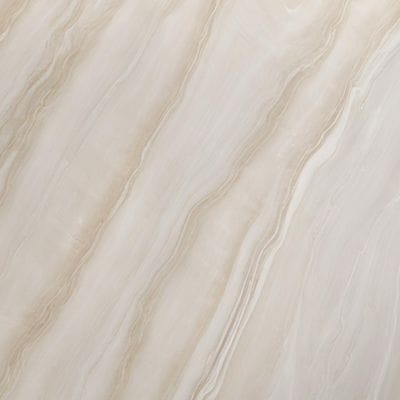Any kitchen or bathroom will look luxurious with granite surfaces. This convey elegance and toughness, but keeping their beauty calls for the necessary cleaning supplies and care. Can You Use Pine Sol on Granite Countertops?
It is one frequently asked question, in this comprehensive guide, we’ll examine all the different ways to take care of granite with Pine-Sol. Including routine cleaning, and dealing with sticky substances.
The advantages of distilled water, stain removal methods, disinfection methods, achieving a stunning shine. Concluding with crucial tips for protecting your granite investment.

Can You Use Pine Sol on Granite Countertops
Pine Sol on granite surfaces can raise some red flags. Pine-Sol is a multipurpose cleanser, but because it is acidic, granite’s polished finish may eventually become damaged.
Natural stone known as granite is porous and vulnerable to harm from acids. It is safer to use gentle cleaners with a pH balance that are made specifically for granite.
These specialized cleaners efficiently eliminate stains and grime without endangering the surface. Avoid Pine Sol and choose alternate granite-safe cleaning methods to preserve the durability and beauty of your granite worktops.
Read More: Valle Nevado Granite
How to Clean Your Granite Countertops
The granite countertop cleaning is critical for preserving their beauty and longevity here’s a step-by-step guide:
Gather Your Materials: Begin by collecting your cleaning supplies. A soft microfiber or cotton cloth, warm water, moderate pH-balanced dish soap, and, if available, a specialized granite cleaner are all required.
Remove Loose Debris: Before cleaning, use a dry cloth or a soft brush to remove crumbs, dust, and any other loose debris from the countertop. When you begin wiping, this prevents scratches.
Read More: Does Granite Stain and Fade Over Time
Prepare the Cleaning Solution: In a bucket or spray bottle, combine a few drops of mild dish soap and warm water. Acidic or abrasive cleaners should be avoided since they can damage the surface of the granite over time.
Dampen the Cloth: Soak the cloth in soapy water or granite cleanser. It should be damp but not drenched.
Wipe off the Countertop Gently: Use gently, circular motions to wipe off the countertop. high pressure should be avoided since granite is a very porous natural stone, and high pressure can force dirt and liquids into the pores.
Rinse and Dry: After cleaning, rinse the cloth with clean water and re-wipe the surface to eliminate any soap residue. To avoid wet marks, dry the surface thoroughly with a separate, dry cloth.
Address Spills Promptly: Clean up spills right away, especially acidic chemicals like lemon juice or vinegar, to avoid etching or discoloration.
Use Granite Polish (Optional): If you want to increase the sheen, consider applying a granite-specific polish or sealant. Follow the product’s application directions.
Regular Maintenance: To keep your granite countertops looking their best, use this cleaning regimen on a regular basis, ideally daily or as needed.
Read More: Glacier White Granite
Why Use Distilled Water on Granite Countertops
The attraction of granite countertops is crucially dependent on water. It is advised to use distilled water for basic cleaning procedures. Because tap water frequently contains minerals that can cause unattractive streaks and blotches.
In this section, we’ll go over the benefits of using distilled water to get a streak-free shine. Without endangering the integrity of your granite surface.
Read More: 12 Best Trivets for Countertops
How to Shine Granite Countertops
Given that granite countertops frequently come into contact with places where food is prepared. The effective disinfection is crucial to maintaining a hygienic atmosphere in the kitchen or bathroom.
Pine Sol has some disinfectant qualities, however, because it is acidic, it shouldn’t be used on granite surfaces. In this section, we’ll look at better options that won’t compromise your countertops’ durability or aesthetic appeal as well as safer choices.
Effective Methods for Removing Stickiness
Every kitchen experiences accidents that leave behind sticky spills and residues. Do not worry if you encounter sticky materials on your granite countertops.
Also there are ways to solve these problems that don’t damage the surface and are secure and efficient. We will examine tried and true methods for quickly eradicating sticky residues while maintaining the integrity of your countertop.
Read More: Epoxy Countertops
Effective Stain Removal Methods
Stubborn stains on granite countertops can be aggravating, but with the appropriate procedures, you can restore your surface’s pristine brilliance. Here’s an in-depth approach:
Determine the stain: To begin, determine the type of stain you’re dealing with. Coffee, alcohol, oil, and pens are all common stains on granite.
Blot, not wipe: For liquid spills, blot the stain quickly using a clean, soft cloth or paper towel. Wiping will only spread the stain more.
Make a Poultice: Make a Poultice for harder stains like oil or ink. To form a paste, combine a tiny amount of baking soda or talcum powder with water. Apply the paste to the stained area, extending it slightly beyond the stain.
Cover and Wait: Cover with plastic wrap and let aside for 24 to 48 hours. The poultice can now draw the stain from the stone.
Scrape and rinse: After the waiting period, use a plastic scraper or wooden spatula to carefully scrape away the dried poultice. Avoid scratching the granite. Rinse the area thoroughly with water and a gentle granite cleaner.
If necessary, repeat: Some tenacious stains may necessitate numerous poultice treatments to be completely removed.
Seal the Countertop: As a protective barrier against future stains, consider applying a granite sealer. For proper application, follow the manufacturer’s directions.



